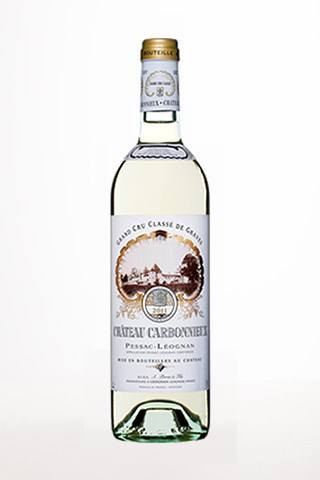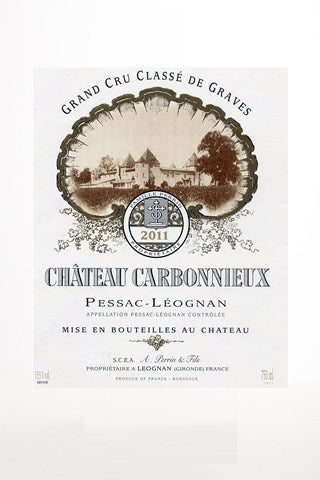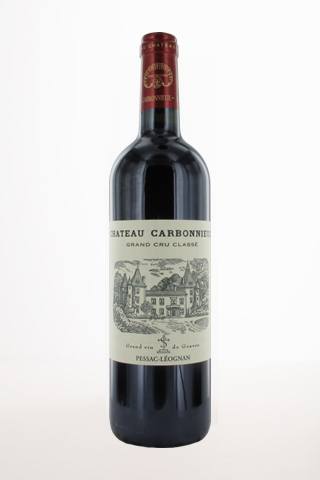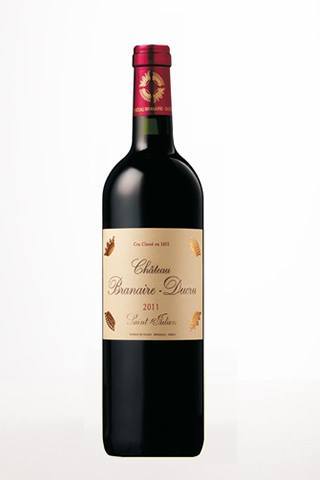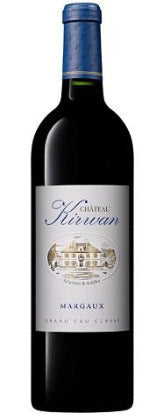2021 Chateau Carbonnieux, Pessac-Leognan White
Sold Out
-
Name: 2021 Chateau Carbonnieux, Pessac-Leognan White
Area: pessac bordeaux (see Map)
The Carbonnieux Blanc 2015 possesses a very pretty bouquet furnished with citrus lemon and lime flower at first, delicate peach notes following later. The palate is clean and fresh: "zippy" in the mouth with commendable depth and a dab of lemon sherbet enlivening the finish. This is a very composed and "animated" Carbonnieux Blanc that will be worth seeking out after bottling. Neal Martin, erobertparker.com 01 April 2014
Food pairing: Excellent in aperitif and Ideal with fish or Shellfish such as Lobster Salad, Sea Bass, Poached Salmon - interesting with hard cheeses such as swiss, etorki.
Location: Bordeaux France - Pessac Leognan
Size of the vineyard / Total Production (in cases): 42 ha
Terroir / Soil: Deep gravel and clay-limestone
Age of the vines: 30 years old
Grape varieties: 70% Sauvignon, 30% Sémillon. (Double guyot pruning)
Vinification: Hand harvesting. Cold clarification(débourbage). Barrel fermenting & barrel aging for 10 months (30% new oak) with lees stirring.
Vineyard master: Frédéric Magniez.
Oenologist: Romain Racher. - Château Carbonnieux’s vineyard and wine share a long history which goes back to the 13th century. The Benedictine monks of Bordeaux’s Holy Cross abbey and the great Ferron and Bouchereau families all left their mark on the property. In 1956, Marc Perrin acquired and restored the château, which definitively earned the title of Cru Classé in 1959. Antony Perrin, his son, continued the improvements and gave this wine an international reputation. Today Eric and Philibert, his children, manage the family property.
The vineyard for Chateau Carbonnieux’s white wine is situated on clay-limestone slopes which support the region’s famous Garonnaise gravel. These rare and respected terroirs produce exceptional white wines whose superior character has been recognized for centuries. When young, Carbonnieux’s white wine charms with its freshness, its purity and its fruity, floral aromatic intensity. When mature, it develops notes of dried and preserved fruit which offer numerous opportunities for satisfying food matches.

